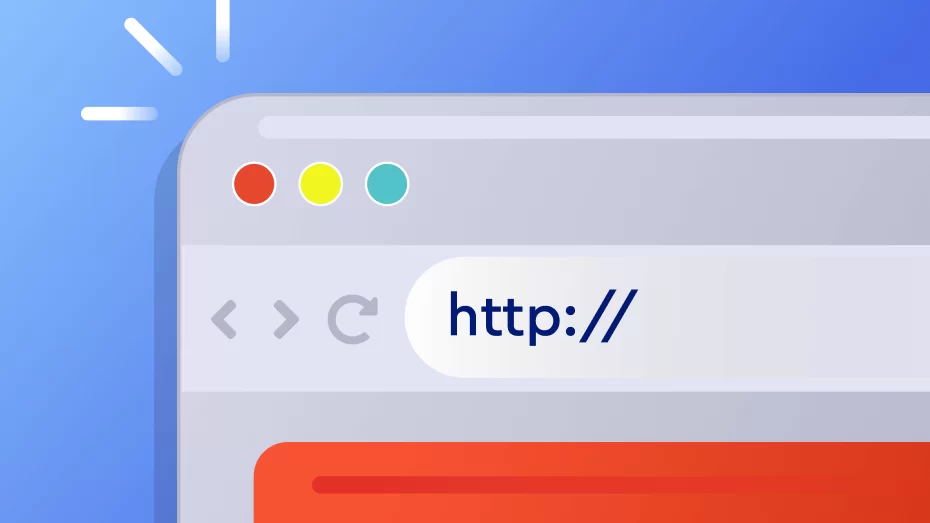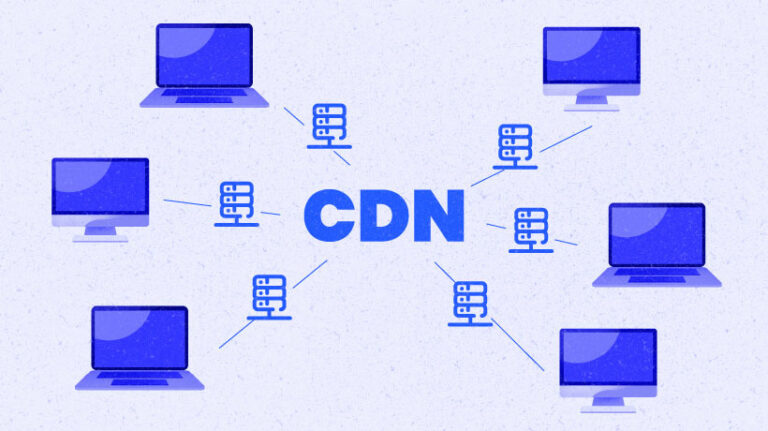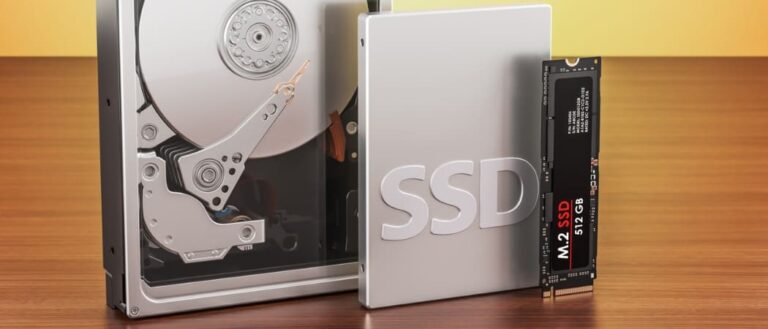What is a website url?
People find homes at addresses. The Internet works the same way – each site has a unique address, without which users and search engines would not be able to find it. This unique address is the URL.
What is a URL?
Uniform Resource Locator, or URL for short, is a way to locate a file on the Internet. Each URL consists of several parts.
For example, if you enter https://tuthost.ua/hosting/site-transfer/ in the address bar, you will get to the site transfer service page. But if you just enter tuthost.ua, you will get to the main TutHost page.
Not only does a page have a URL, but also a video, image or other file.
Anatomy of a URL
A URL consists of several parts:
protocol://domain name/path to page or file? parameters#ancor.
Each of them contains different information:
- The URL begins with the protocol. When you visit websites, you may see http:// or https://. Today, most sites use the HTTPS protocol because it is a requirement of search engines. There are others, such as mailto, FTP, UDP, SSH.
- After the protocol in the URL is the domain name of the site. This is what the browser uses to send a request to the desired web server. A domain name gives us an easy way to access a server without having to know the actual IP address. DNS servers are used to convert URLs to and from IP addresses.
- If you do not go to the home page, but to a section of the site, the URL will contain the path to that section. For example, https://tuthost.ua/software/ will take you to the server software page. A slash after the domain name here contains the path to the desired page.
- Parameters. After the file path the URL can contain a set of additional parameters. They are separated by a “? Parameters are used, for example, when you set a filter in an online store. Thus, the browser understands that you do not need to display all of the content, but only products with certain parameters.
- Anchor. It is also called an anchor. It is separated by a “#” and sends the user to the part of the web page to which it is linked. This can be a fragment of a document, a specific second of a video or audio file.
Sometimes the URL can contain the port number used to access the site resources. This is to connect to the server on a port other than the standard port. Sometimes it is used to attack websites, so you can get help from us to protect against DDoS attacks.
What is the URL used for?
URL allows you to find web pages on the Internet and perform a number of other tasks:
- create links to other pages using the tag;
- link pages to other files – documents, images, videos, etc. with the tag;
- create HTML, CSS and JavaScript files with a complex structure.
Without URLs, it’s hard to imagine interaction between users and websites.
Absolute and relative URLs
There are two basic URL options: absolute and relative.
An absolute URL contains the full address from the protocol (HTTPS) to the domain name (www.example.com) and includes the location of folders and files on the server (/foldernameA or /foldernameB) after the domain name.

This is the full URL of the page:
http://www.example.com/xyz.html
A relative URL, on the other hand, does not use the full address and contains only the location of the file on the server. It is assumed that the entered address leads to the same site and is part of the same root domain. The relative path starts with a slash and implies that you stay on the current site. An example of a relative URL:
/xyz.html
Relative URLs are commonly used by webmasters to structure files on a web server.
Semantic URLs
Semantic URIs not only show the address of a page, but also convey information about its content. Among webmasters there is such a thing as CNC – man-understood URLs. Semantic URLs have a lot of advantages:
- they let the user know what he will find on the page as soon as the URL is displayed in the address bar;
- Help in promotion – search engines recognize semantics in URLs and take them into account during indexing;
- It’s easier for the webmaster to manage the link structure.
A URL is the address of web pages on the Internet. It is used to communicate with the server, create links and links between files. You can use absolute or relative URLs, but either way a good rule of thumb is to make them human-understandable.








